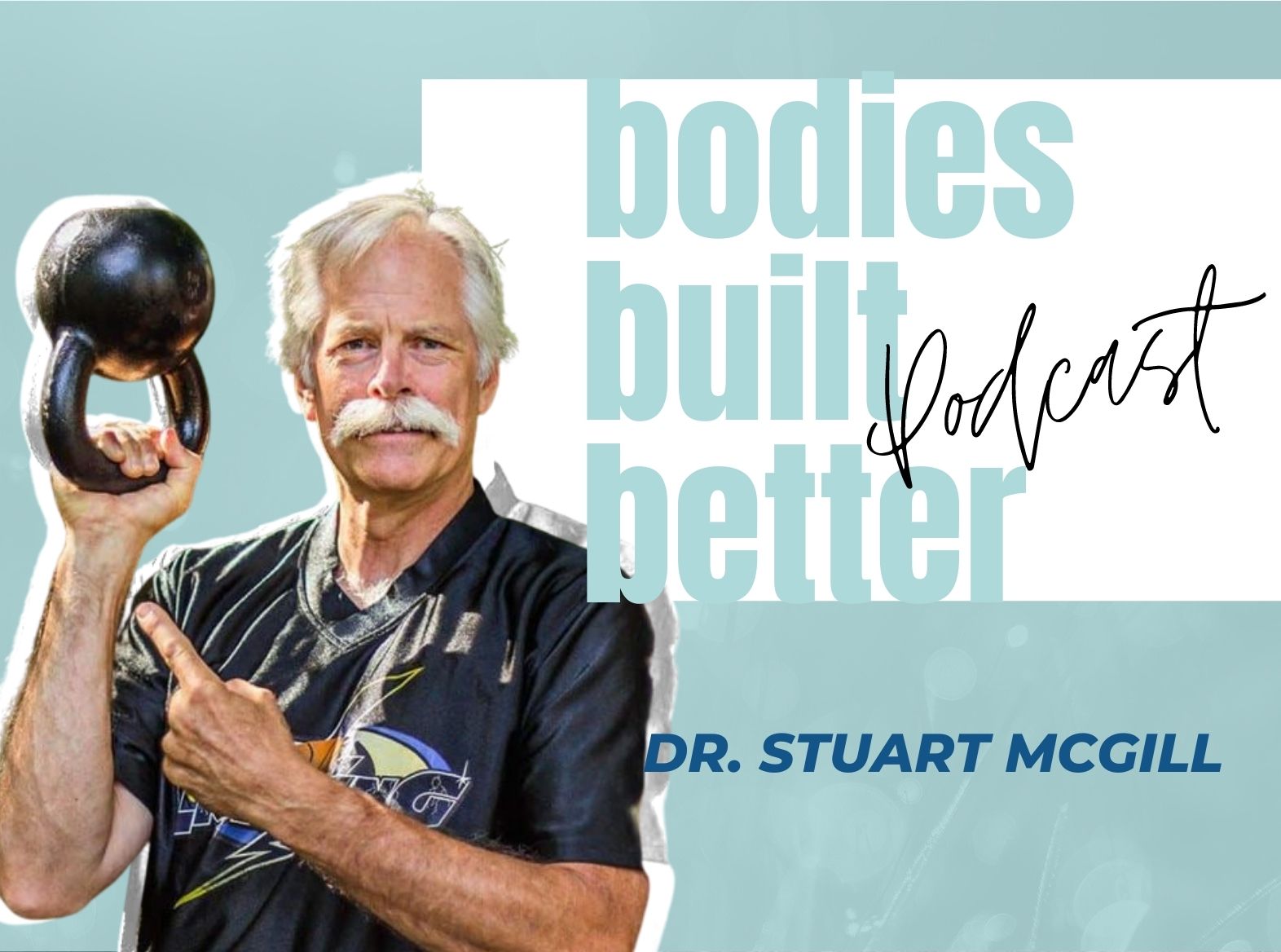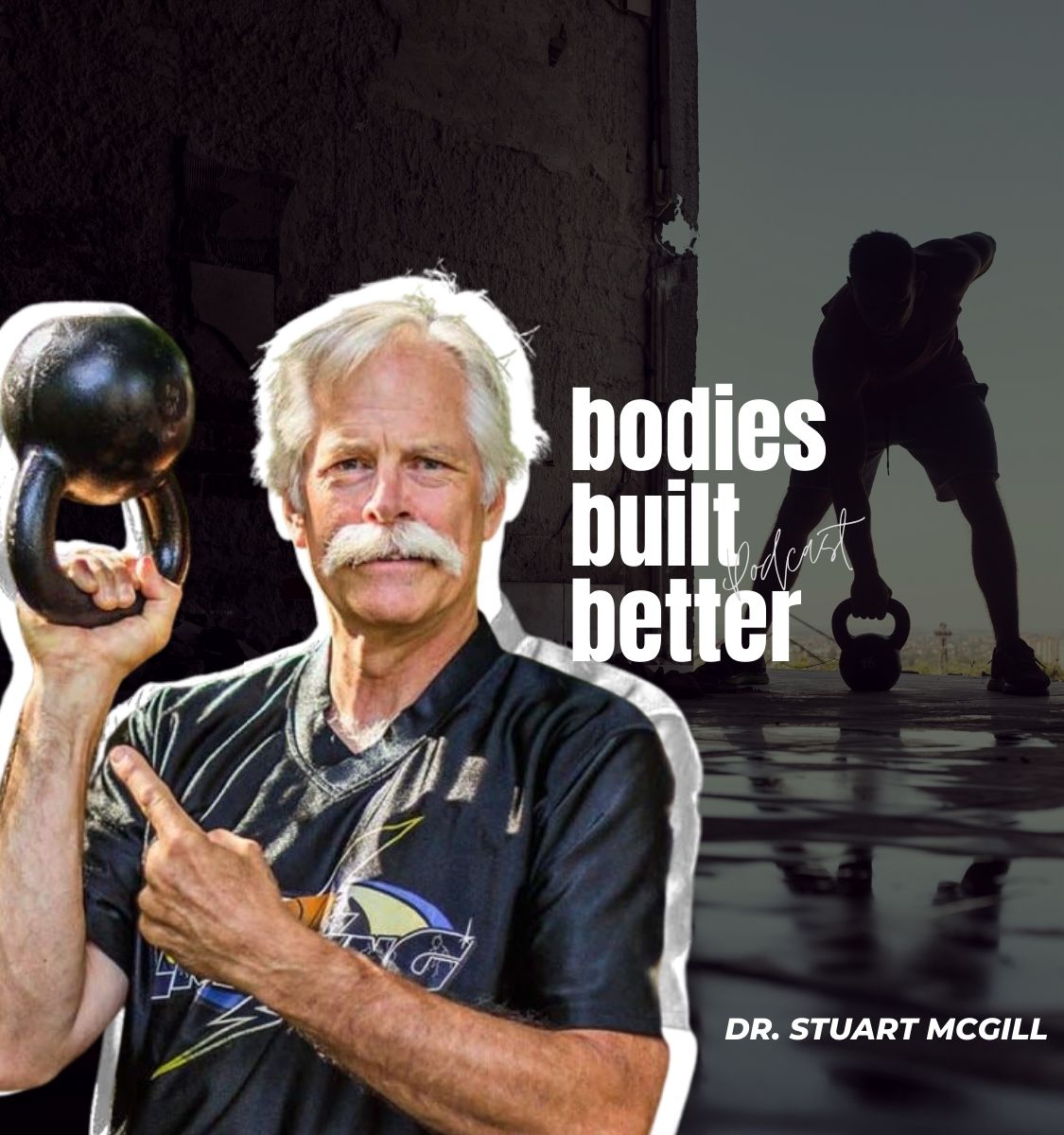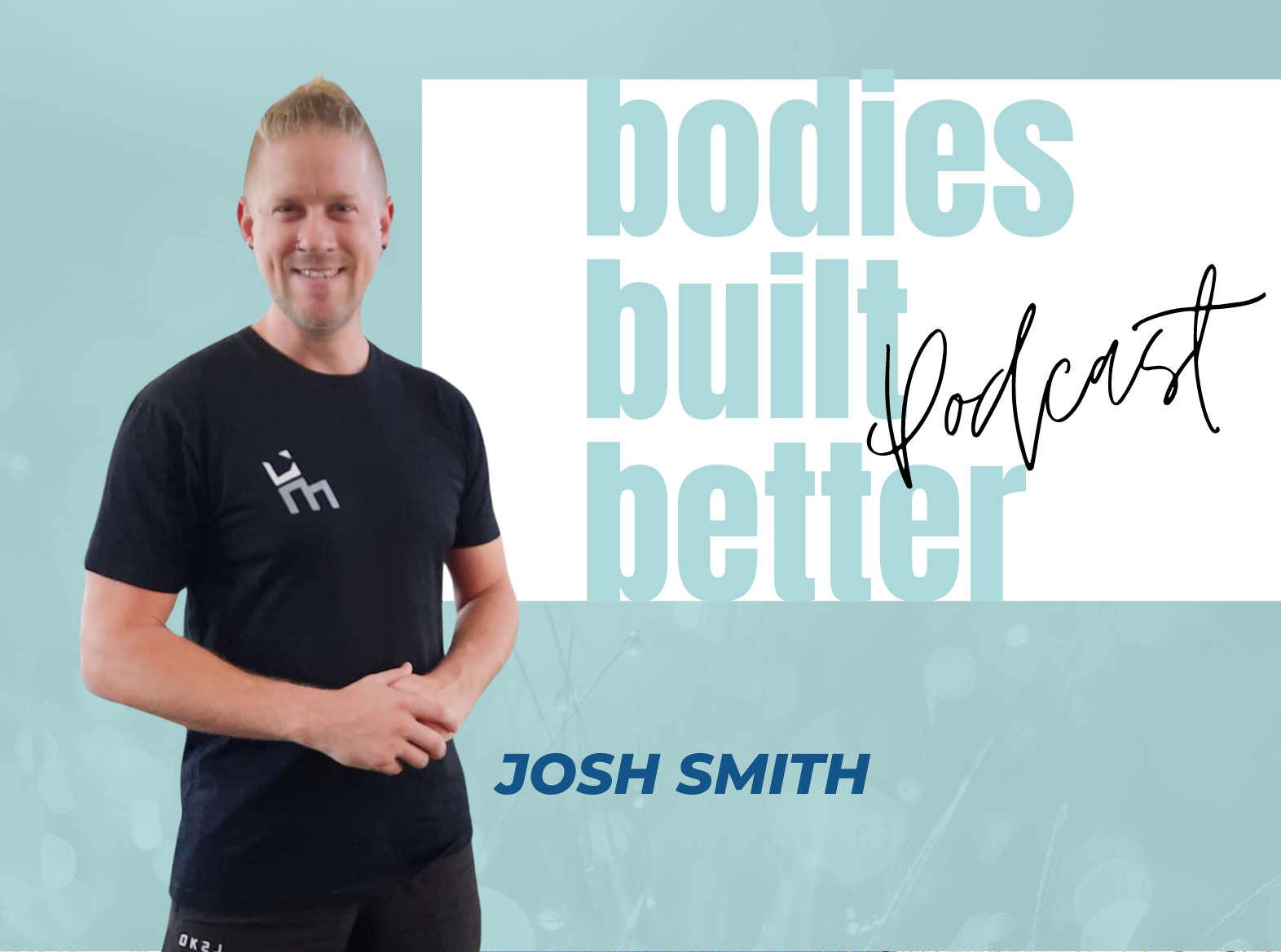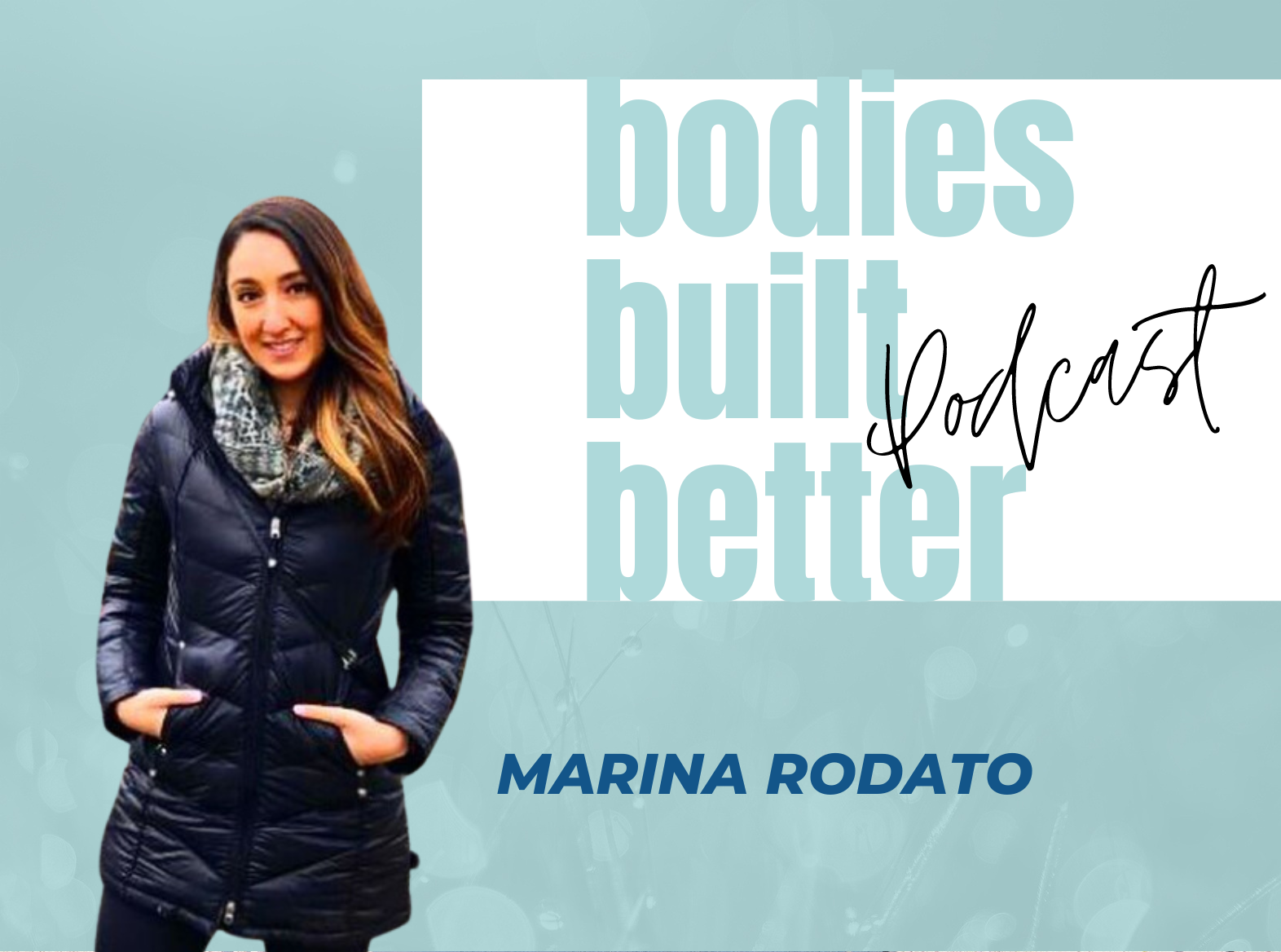Stuart 0:00
Your body thrives on load, the language of cells and adaptation is force, pressure, stress. If you’ve never created internal loads, you’d be a very unhealthy beast and very fragile. So you stimulate through loading the signaling required for those tissues to gain strength in the cells to become robust.
Developing a Spine-Centric Approach to Back Pain
Jackie 0:38
Without further ado, please enjoy this episode with Dr. Stuart McGill. Dr. McGill, thank you so much for chatting with me today. This is such an honour to have you on the show. So thank you for taking the time to chat with me.
Stuart 4:16
Yeah, good morning or good evening, Jackie. And it’s my pleasure.
Jackie 4:21
Wonderful. Let’s get straight in. First, how does one become the world-renowned expert on backs?
Stuart 4:35
How? Well, like everything else, several elements in the first will sound odd, but I’m going to say luck and karma of life. So you meet the right people at the right time with the right swirl of events and your life evolves. So that is a huge part, but you need the personality to take advantage of those opportunities as they present. But from the experiential part, I got a Ph.D. and spine biomechanics and started a laboratory where it was kitted out to measure the loads on internal tissues of people doing things. And obviously, it was spine-centric. So we would learn why specific movement techniques created stress points inside certain tissues and certain types of disorders. As you’re aware, spine issues cluster around specific sports for a reason, there’s a chronic exposure of a certain type in fast bowlers and cricket versus CrossFit fitters versus long-distance runners versus rugby players and soccer players, they all have a clustering of syndromes if you want to call them that around their sport because of the chronic stresses. So the second lab I then realised I had to develop was where we would understand the progressions leading to pain. So I would take cadaveric spines, so obviously an entirely different setup, acquire the spines, put them into different loading jigs, repeat the mechanical insults. And the stresses would accumulate, leading to very specific things like spondylolisthesis, since stress fractures are herniated discs. And then it turns out, there are many subcategories of disc herniations that are consistent with various very specific types of exposures. And then we built a radiology suite. So we could, with more precision, measure the breakdown of tissues, which you can’t see on MRIs and things like that. And then, in the end, we had the advantage of doing microdissection. So I know there’s a lot of people who say, Oh, well, there’s no visible damage on an MRI, there’s lots of damage that at the micro-level is not visible. And the sportsman is unaware of the cumulative micro-damage, and they don’t time the rest and adaptation to address the cumulative element from the exposure, so they don’t quite optimise the work on the rest elements. But we are able to track that and learn a fair bit. And the last bit to answer your question, how I would have to say is just personality. And it’s been my personality with All Things that if I were asked to become a master of the craft, so I’ve spent the last 40 years trying to master the craft of assessing an individual’s back pain and then learning the best approach for that individual on how to reduce the cause and build a foundation for them to create a resilient body. So that’s it. Other than that, it’s a walk in the park.
Jackie 8:32
Anyone can do it?
Stuart 8:34
Yeah. for 40 years, you can do it too.
Determining the Cause of Back Pain
Jackie 8:37
Right. Brilliant. Well, tell us. One thing that you always say is all back pain has a cause? How do we determine where the pain is? What’s causing it? And then, obviously, how to fix it. Right?
Stuart 8:58
It’s through a very robust assessment. Now, there is nowhere in the traditional medical system that provides for a robust spine assessment. So if you’re a Doc or a surgeon or a family Doc, you’re paid through codes, medical codes, so if you perform this procedure, you get paid. You know, there’s no code for a thorough back assessment. So sometimes I will spend a couple of hours doing a thorough assessment of back pain. You know, it’s interesting, you know what the NBA is the National Basketball Association. When the players are traded, the team purchasing a player sends out their medical staff to review the player. Well, one of the people who is very well known for doing shoulder and upper quarter assessments is a former student of mine.
Where to find Dr Stuart McGill:
Website: https://www.backfitpro.com/
You Tube: BackFitPro
Instagram: @backfitpro
Facebook: BackFitPro Inc












